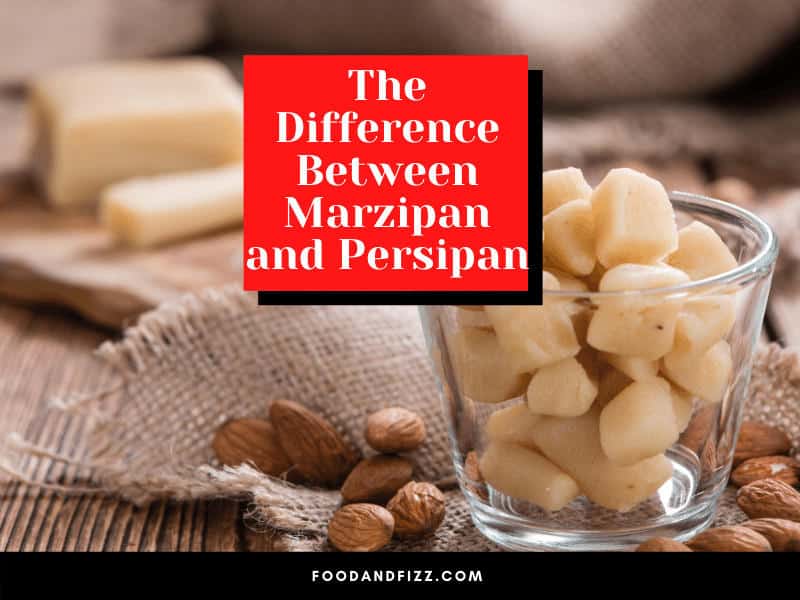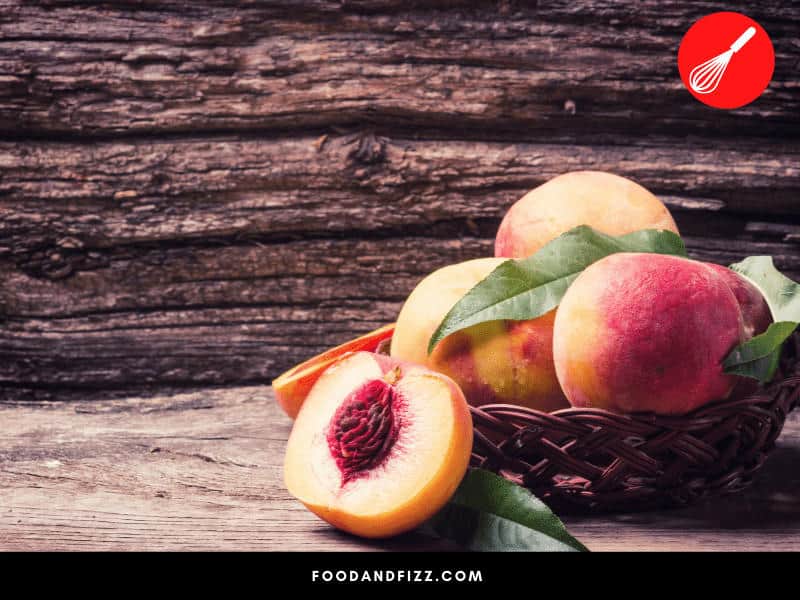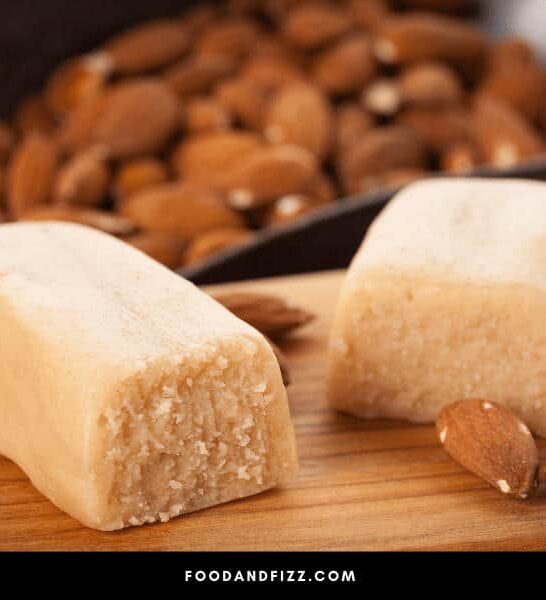What is the difference between marzipan and persipan?
Marzipan is a sweet dough essentially made up of ground almonds and sugar, and is used as fillings for cookies and biscuits, as coverings for cakes, and for sculpting and designing edible figures, similar to fondant.
It is traditionally made with egg whites but can be made without them, and sometimes, depending on the recipe, additional colorings and flavors may be added to it, depending on the purpose. Marzipan can be found all over the world, but it is more commonly available in Europe.
Persipan, on the other hand, is also a sweet dough similar to marzipan but instead of ground almonds, it uses ground peach or apricot pits mixed with sugar to form a dough. Much like Marzipan, it may be used as fillings for cookies and biscuits, coverings for cakes and sculpting and molding figures.
It is a common substitute for Marzipan and is more popular in Europe. While Marzipan is somewhat known around the US, Persipan is relatively more unknown.
So, they are both sweet doughs used for fillings, covering cakes and molding, but how are they different and how do I know which one I should use if both are available to me?
What are the notable differences between Marzipan and Persipan?
The Difference Between Marzipan and Persipan
Marzipan and Persipan are both sweet doughs used as fillings for cakes and cookies, as coverings for designing cakes, and as a medium for molding and sculpting edible figures. Both are made with sugar, but their main difference lies in the primary ingredient used. Marzipan is primarily made with ground almonds, while Persipan is made with ground apricot or peach pits. Both are more common in Europe, and both can be substituted for each other, but both have their distinct advantages and disadvantages in culinary use.

The Difference Between Marzipan and Persipan
Marzipan and Persipan both have similar uses in covering cakes, filling cookies, pastry, and biscuits, and molding and shaping edible figures.
However, they have a few differences:
1. Primary Ingredient Used
Marzipan is made from ground almonds and sugar, and traditionally, egg whites. Persipan, in contrast, is made with the pits of the apricot or peach fruit, along with sugar.
2. Flavor Profile
As it is made from the pits of apricot or peach, Persipan has a bit of a bitter taste compared to Marzipan. Marzipan is made from ground almonds, and as such, has a nutty taste.
3. Ratio of Ingredients
Persipan contains 60% sugar and 40% kernels or ground apricot or peach pits. Marzipan, on the other hand, generally has a lower sugar content. Persipan also contains some starch to distinguish it from Marzipan in tests, but the amount is minimal.
Despite these differences, they are generally used interchangeably, depending on the specific culinary use.
Marzipan and Its Benefits
As mentioned, Marzipan is a sweet confection made primarily with ground almonds, sugar, and egg whites. It is commonly used to fill cookies and biscuits, cover cakes, and as a molding dough for edible design figures.
It has a sweet, nutty taste because the almonds are mixed with sugar, and is a very versatile confection that works with many different flavor combinations.
As with anything though, there will be some advantages and a few disadvantages to using it.
Advantages of Using Marzipan
- Because it contains almonds, it is rich in vitamins and minerals like Vitamin E, magnesium, copper and manganese.
- It is easy to make as it contains only 3 ingredients – ground almonds, sugar and egg whites
- Can be paired with a variety of flavor profiles: citrus, chocolate, butter and cream among many others
Disadvantages of Using Marzipan
- Depending on where you live, it can be expensive to make and buy primarily because of the ground almonds.
- Can be hard to find depending on where you live
- Not suitable for those with nut allergies

Persipan and Its Benefits
Persipan is very similar to and is a common substitute for Marzipan. Rather than using almonds, it is made with ground peach or apricot pits. These are called “kernels”.

These kernels have a bitter taste because of the naturally occurring presence of a toxin called amygdalin. Before the bitter kernels can be used to make Persipan, this needs to be processed and detoxified so it can be safely used as an ingredient.
Because of this, Persipan also tastes more bitter than Marzipan. It can be substituted successfully for Marzipan.
However, it also has its shares of advantages and disadvantages.
Advantages of Using Persipan
- Can be used as a substitute to Marzipan in most culinary uses
- Generally more economical and lower priced than Marzipan
- Presents an alternative flavor profile to those who dislike the taste of Marzipan
- Suitable for people with nut allergies
Disadvantages of Using Persipan
- Cannot be made at home because the primary ingredient used can be poisonous
- Mostly only available in Europe
- Higher in sugar than Marzipan

Conclusion to The Difference Between Marzipan and Persipan
Marzipan and Persipan share the same culinary uses but are very different in a lot of important ways. No matter which one you choose to use, it will be helpful to note the specific advantages and disadvantages of both Marzipan and Persipan so you can better adjust it to your specific culinary use.

Frequently Asked Questions on The Difference Between Marzipan and Persipan
What is the difference between Marzipan and Persipan?
Marzipan and Persipan are both sweet doughs used for filling cookies and biscuits, pastry, and confectionery, and can be used to cover cakes and mold and sculpt edible figures. They differ primarily in the primary ingredient used: Marzipan is made from ground almonds, while Persipan is made from the ground pits of the apricot or peach fruit, called kernels.
Can I Substitute Persipan for Marzipan and Vice Versa?
Generally speaking, Marzipan and Persipan can be used as substitutes for each other in most culinary uses. It would just depend on factors such as availability, convenience, and the specific flavor profile you desire for your sweet project.

